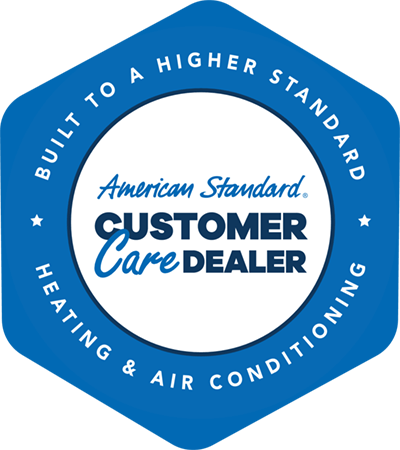Federal Tax Credits for New HVAC Systems
Save on a new furnace, air conditioner, or heat pump system with incentives and tax credits from the Inflation Reduction Act (IRA).
Heat Pumps
You can claim up to $2,000 federal income tax credit for Energy Star Certified heat pump HVAC systems.*
Gas Furnaces
You can claim up to $600 federal income tax credit for new Energy Star Certified furnace systems.*
Air Conditioners
You can claim up to $600 federal income tax credit for new Energy Star Certified central air conditioning systems.*
ENERGY STAR® Certified American Standard HVAC equipment from Gorjanc Home Services is eligible for tax credits. Here’s what you need to know:
Healthy homes begin with a furnace or air conditioning tune-up and carbon monoxide test.

Enjoy Better Health
Breathe easier and experience healthier living when you let the dirty air out and bring fresh, clean air into your home
Improve Indoor Air Quality
Stay healthy with ventilation, high performance air purification, filtration, and humidity control for cleaner air.

Eliminate Contaminants
Be confident your family is better protected from viruses, allergens, and other things that can make you sick.
At Gorjanc Home Services, we know a properly tuned furnace and air conditioner keeps your family warm, comfy, and safe.
46-Point Tune-Up
Carbon Monoxide Testing
Certified Operation
Energy costs continue to rise. Don’t put off home energy efficiency upgrades any longer.
- Get tax credits to make your home more energy-efficient and reduce energy costs.
- Lower the cost of energy efficient home upgrades by up to 30 percent!
- Save money on your monthly energy bills for years to come



